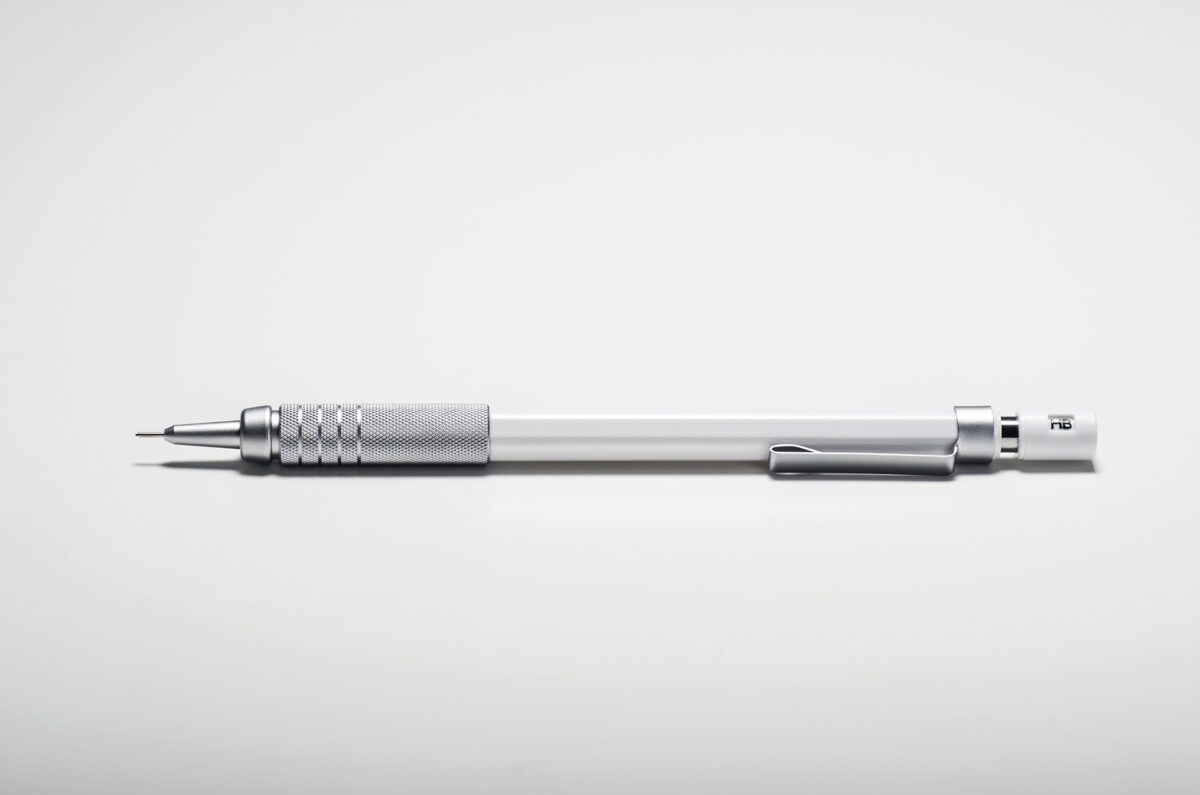Could conductive ink replace conventional circuitry?
Intro
It seems like the stuff of dreams, having a pen or a paintbrush that could conduct electricity. Well, those dreams are very real, readily available to buy online, and at a relatively cheap rate, too.
Conductive ink pens and conductive paint that can be used with a pen, paintbrush, or a printer is a reality, and is already being put to work.
What is it?
Conductive ink and conductive paint are liquid materials mixed with nanoparticles of a conducting material like silver or graphite. The paint and ink are technically slightly different, in that the paint sits on the surface of a substrate, while the ink would sink into a substrate it was applied to, like regular ink on paper.
Although the metals are usually in a solid state at room temperature, if it’s in a nanoparticle form it can be mixed with a liquid. When the liquid is spread and begins to dry, the nanoparticles and electrons within them begin to form conductive chains that the current is then able to travel through.
The inks used normally work at 12V, and can be transparent which means it would be a good choice for companies to integrate it invisibly into their graphics.
Uses
One notable way silver-infused ink is currently used is to print Radio Frequency Identification (RFID) tags in tickets.
Another common place to find conductive paint or ink is in the rear windscreen of cars. The resistive traces applied to windscreens to help defrost them contain conductive paint. Traces printed on the window can also serve as a radio antenna in more recently manufactured cars.
Conductive inks and paints were originally intended to be used for e-textiles and wearables. The potential for clothes that could detect temperature and heart rate, among other features, is an area receiving considerable investment.
Problems
When compared to conventional circuity and conductors, conductive inks and paints will never be able to emulate the strength of conductivity. In a way, it would be unfair to pit the two against each other, like putting boxers from vastly different weight classes in a ring together.
The reliability and connectivity of traditional conductors is much higher so is preferred for regularly used products, however conductive inks and paints would be utilised in areas that traditional means could not. So, as much as these factors are disadvantages they would be irrelevant when it comes to the product.
Layers of the ink or paint may not always be thick enough to have any conductive strength at all, and it could take several layers of it to properly form a current-conducting pathway. Additionally, the user is relying on the nanoparticles in the liquid to align correctly for conduction. The material would work only for smaller direct voltages too, probably up to around 12V.
Silver is a material that has a higher cost than other conductors like graphite, and could make the price of some paints unreasonable for some customers. The low cost alternative is graphite, but this also has a higher resistivity than metals like silver.
The future
As far as development goes, nanoparticle paint is still in its infancy. Its uses are limited and occasionally unreliable, so although it has cornered a niche conductive market it’s unlikely we’ll see it permeating the sector for a while.
If you are looking for trustworthy day-to-day or obsolete electronic components, Lantek are here for you. Don’t paint yourself into a corner, contact Lantek today to find what you’re looking for, at sales@lantekcorp.com

